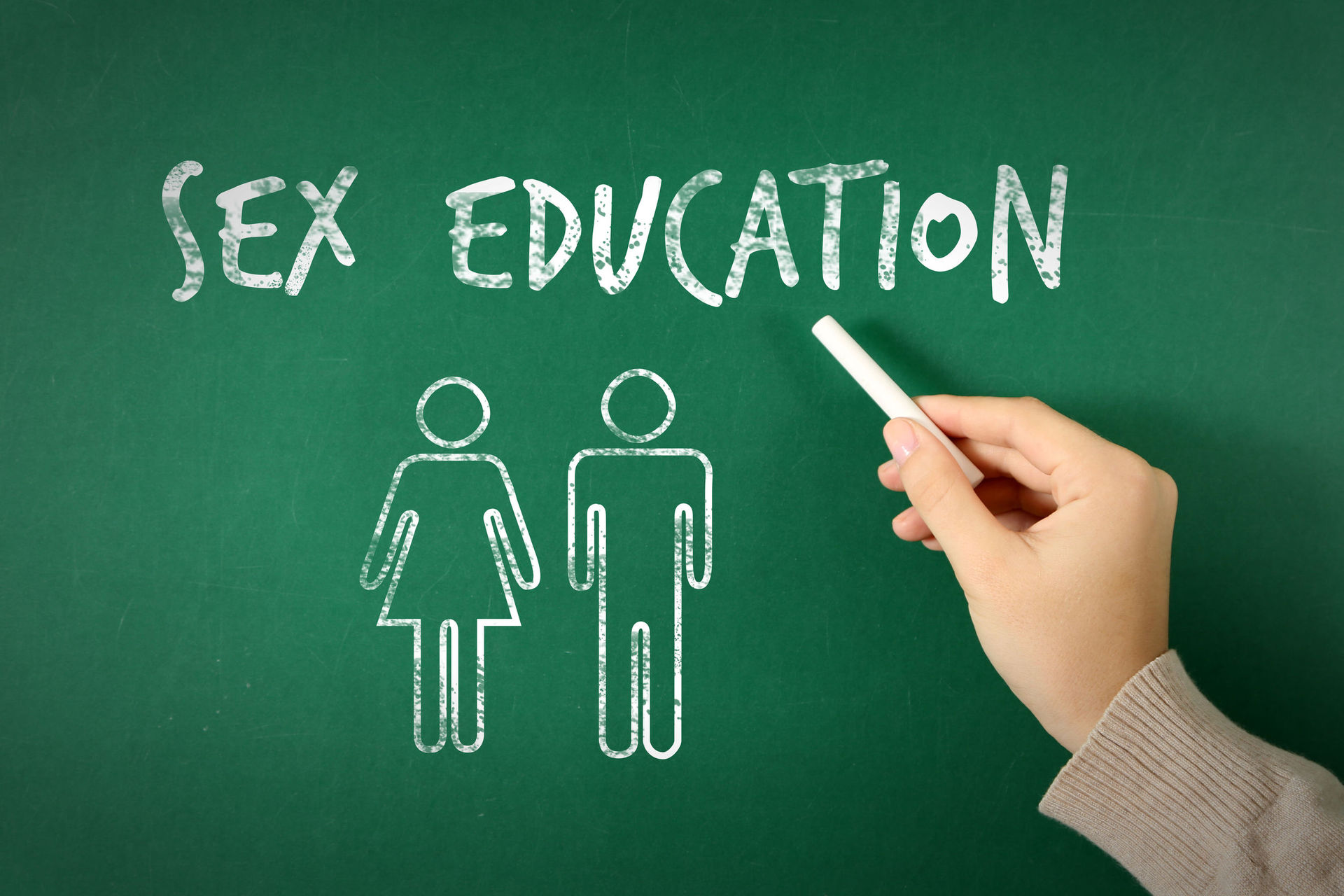Sex, school, and social media have become intricately intertwined in the modern world, with many students navigating complex and often confusing social dynamics around sexuality and relationships both online and offline. While the internet and social media have opened up new avenues for young people to explore their sexuality and connect with others, they have also created new challenges and risks. In this article, we will explore the intersection of sex, school, and social media, and discuss some of the key issues that arise in this space.
Sexual Education and School Culture
Sexual education is an essential component of the school curriculum, as it provides young people with information about their bodies, sexual health, and relationships. However, sexual education programs vary widely between schools and can sometimes be inadequate or even harmful. For example, some schools may rely on abstinence-only education, which has been shown to be ineffective in reducing rates of sexual activity and can also perpetuate harmful stereotypes and stigmatize those who choose to have sex.
Moreover, school culture can also play a significant role in shaping young people’s attitudes towards sex and relationships. School environments that are sex-positive, inclusive, and non-judgmental can help young people feel more comfortable and confident in their sexuality. On the other hand, school cultures that stigmatize and shame students for their sexual activity or identity can contribute to feelings of shame, guilt, and anxiety, and even drive young people towards risky sexual behaviour.
Social Media and Sexual Behaviour
Social media has revolutionized the way we communicate, connect, and interact with others, including in the realm of sexuality. Platforms like Snapchat, Instagram, and Tikor provide new opportunities for young people to express themselves sexually, connect with others who share their interests, and explore their sexuality in a safe and supportive environment.
However, social media also comes with its own set of challenges and risks. For one, social media can create a sense of pressure to present a certain image or persona online, which can lead young people to engage in risky or harmful behaviour in order to fit in or gain validation. Additionally, social media can also contribute to the spread of harmful stereotypes and messages about sex and relationships, which can further stigmatize certain groups and perpetuate harmful beliefs.
The Role of Parents and Educators
Parents and educators play a critical role in supporting young people as they navigate the complex terrain of sex, school, and social media. Parents can provide a safe and supportive environment for their children to ask questions, explore their sexuality, and develop healthy relationships. They can also monitor their children’s social media use and help them navigate the risks and challenges that come with online communication and expression.
Educators, too, have a responsibility to create a safe and inclusive school environment that supports young people’s sexual health and well-being. This includes providing comprehensive sexual education that is inclusive of all genders, sexual orientations, and identities, as well as fostering a school culture that is respectful and non-judgmental towards all students.
The way that sex, school, and social media are interconnected has changed significantly throughout generations. Here are some key ways in which these aspects of life have evolved over time:
Sexual Education
Sexual education has changed dramatically over the last few decades. In the past, sexual education was often very limited, with many schools providing little more than basic information about anatomy and reproduction. However, over time, sexual education has become more comprehensive, covering topics such as consent, contraception, and sexually transmitted infections. This shift has been driven in part by a growing recognition of the importance of sexual education in promoting healthy relationships and reducing the risk of unintended pregnancies and STIs.
School Culture
School culture has also evolved significantly over the years, particularly in relation to sexuality and gender. In the past, many schools were highly restrictive when it came to issues of sexuality, with rigid gender norms and strict rules around dating and socializing. However, in recent years, there has been a growing awareness of the importance of creating inclusive and welcoming school environments for all students, regardless of their sexual orientation or gender identity. This has led to a shift towards more open and accepting school cultures, with many schools promoting diversity and inclusivity as core values.
Social Media
Perhaps the most significant change in recent years has been the rise of social media, which has transformed the way that young people interact with each other and express themselves. In the past, young people relied primarily on face-to-face interactions and written communication (such as notes passed in class) to connect with each other. However, with the advent of social media platforms such as Facebook, Twitter, and Instagram, young people now have a whole new set of tools at their disposal for socializing and expressing themselves.
Conclusion
In conclusion, the way that sex, school, and social media are interconnected has changed significantly over the generations. While there have been many positive developments, such as more comprehensive sexual education and more inclusive school cultures, there are also new challenges and risks associated with the rise of social media. It is important for parents, educators, and young people themselves to stay informed and aware of these changes in order to navigate this complex terrain safely and confidently.
Click to find the websites of the top mental health specialists. You can search regardless of the search criteria. Use the search keywords “online counselor” or “psychiatrist near me” regardless of what you’re looking for.

